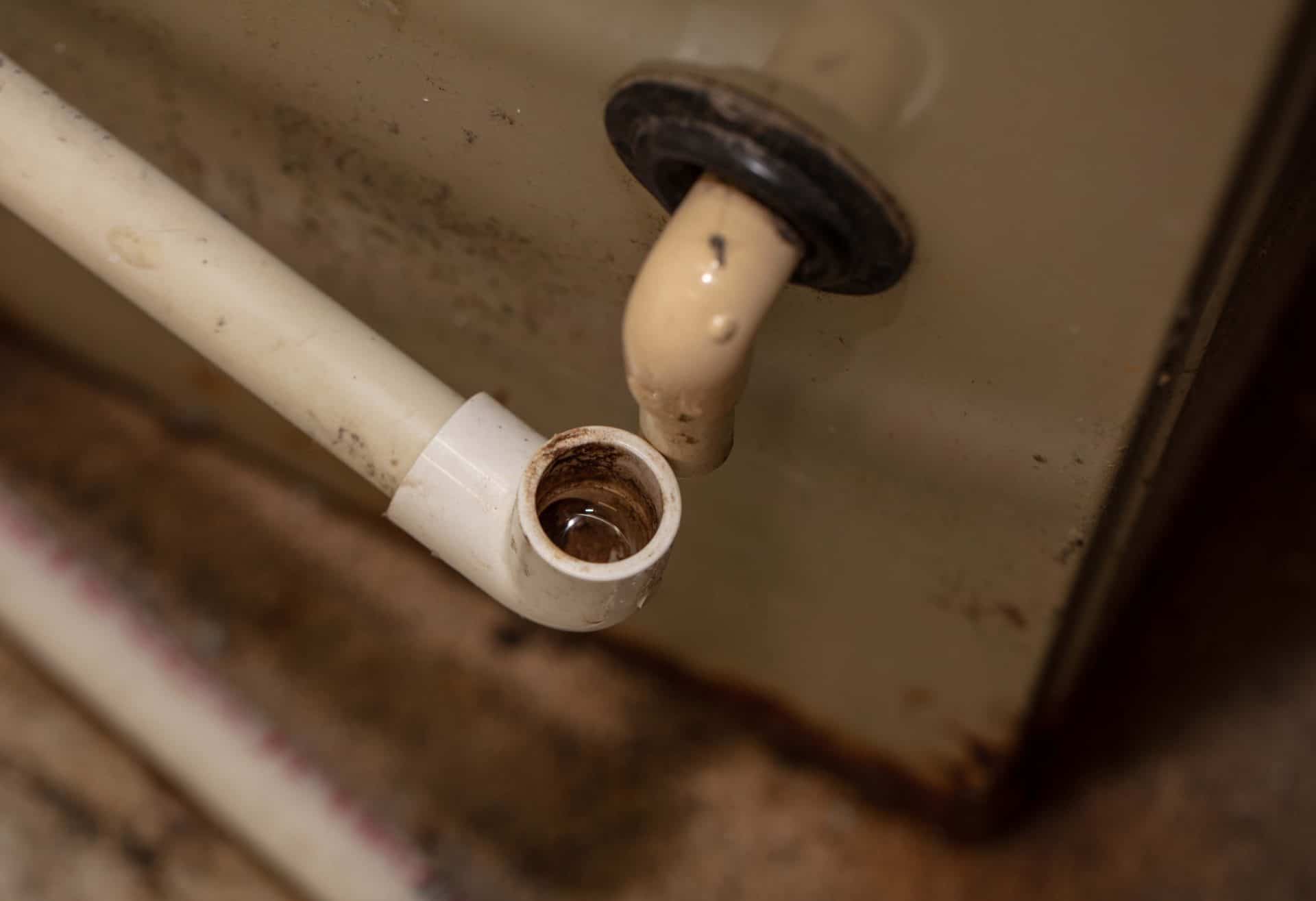

Articles
How To Clean AC Drain Pipe
Modified: February 27, 2024
Learn effective methods to clean the AC drain pipe with our informative articles. Ensure optimum performance and prevent clogs.
(Many of the links in this article redirect to a specific reviewed product. Your purchase of these products through affiliate links helps to generate commission for Storables.com, at no extra cost. Learn more)
Introduction
Welcome to our guide on how to clean an AC drain pipe! If you’ve noticed your air conditioning system isn’t cooling as effectively or you’ve discovered water leakage around your unit, it’s possible that your AC drain pipe is clogged. Understanding how to clean your AC drain pipe is crucial to ensure that your AC system runs smoothly and efficiently.
An AC drain pipe is a vital component of any air conditioning system. Its main function is to remove excess condensation from the evaporator coil, preventing water damage and maintaining proper humidity levels in your home. Over time, dirt, dust, algae, and other debris can accumulate in the drain pipe, obstructing the flow of water. This blockage can lead to drainage issues, potential water leaks, and even mold growth.
In this guide, we will walk you through the steps to clean your AC drain pipe and restore proper functionality to your air conditioning system. By following these simple steps, you can save money on expensive repairs and ensure that your AC system operates efficiently, keeping your home cool and comfortable.
Before we dive into the cleaning process, it’s essential to understand the signs that indicate a clogged AC drain pipe. By recognizing these signs early on, you can address the problem promptly and prevent further damage to your AC system.
Key Takeaways:
- Regularly cleaning your AC drain pipe is crucial to prevent water leakage, reduced cooling efficiency, and mold growth, ensuring a smoothly operating air conditioning system.
- By following the steps outlined in this guide, you can confidently clean your AC drain pipe, maintain optimal performance, and enjoy a cool and comfortable home.
Read more: How To Clean Air Conditioner Drain Pipe
Understanding the AC Drain Pipe
The AC drain pipe, also known as the condensate drain line, plays a crucial role in the functioning of your air conditioning system. It is responsible for removing the excess moisture that is created when warm air passes over the evaporator coil. Without a properly functioning drain pipe, the condensation can accumulate and lead to water damage and mold growth.
The AC drain pipe is typically made of PVC or copper and is connected to the indoor unit of your AC system. It runs from the evaporator coil to an exterior location, such as a drain or outside your home. As the condensation drips down the evaporator coil, it is collected by the drain pan, which is then funneled into the drain pipe and expelled outside.
Over time, the drain pipe can become clogged with debris, such as dirt, dust, algae, or even mold. These blockages restrict the flow of condensation, leading to water buildup in the drain pan and potential leaks. If left untreated, a clogged drain pipe can cause damage to your AC system and compromise its efficiency.
Regular maintenance, including cleaning the AC drain pipe, is essential to prevent these issues. By keeping the drain pipe clear, you ensure that the condensation flows freely and is properly expelled from your home or building. This helps maintain optimal humidity levels, prevent water damage, and minimize the risk of mold growth.
In the next section, we will discuss the signs that indicate a clogged AC drain pipe, so you can quickly identify if your drain pipe needs cleaning and maintenance.
Signs of a Clogged AC Drain Pipe
Recognizing the signs of a clogged AC drain pipe is crucial to prevent potential damage and costly repairs to your air conditioning system. When the drain pipe becomes obstructed, it can lead to several noticeable symptoms. Here are some common signs that indicate a clogged AC drain pipe:
- Water leakage: One of the most common signs of a clogged drain pipe is water leakage around your indoor unit. You may notice water dripping from the unit or pooling underneath it. This leakage occurs because the water is unable to flow through the clogged pipe and instead overflows from the drain pan.
- Unpleasant odors: A clogged drain pipe can create a stagnant environment that promotes the growth of mold, mildew, and bacteria. As a result, you may notice a foul odor coming from your air conditioning system. If you detect a musty or moldy smell when your AC is running, it could be a sign of a clogged drain pipe.
- Reduced cooling efficiency: When the drain pipe is clogged, the excess moisture from the evaporator coil cannot properly drain away. This can hinder the cooling process and result in reduced cooling efficiency. If you find that your AC system is taking longer to cool your space or is unable to reach the desired temperature, a clogged drain pipe may be the culprit.
- Ice formation on the evaporator coil: A clogged drain pipe can lead to inadequate drainage, causing the evaporator coil to become excessively cold. This can result in ice forming on the coil, obstructing the airflow and further impairing the cooling process. If you notice ice buildup on the evaporator coil, it’s important to address the clog in the drain pipe.
- Strange noises: In some cases, a clogged drain pipe can cause gurgling or bubbling sounds coming from your AC unit. This occurs when air bubbles are trapped in the stagnant water due to the blockage. If you hear any unusual noises when your AC is running, it’s worth investigating the drain pipe for clogs.
If you notice any of these signs, it’s important to take action and clean your AC drain pipe promptly. Neglecting a clogged drain pipe can lead to more serious issues, such as water damage, mold growth, or system breakdown. In the following section, we will discuss the tools and materials you will need to clean the drain pipe effectively.
Tools and Materials Needed
Before you begin the process of cleaning your AC drain pipe, it’s important to gather the necessary tools and materials. Having everything prepared in advance will make the cleaning process smoother and more efficient. Here are the tools and materials you will need:
- Screwdriver: You will need a screwdriver to remove any access panels or covers from your air conditioning unit. This will allow you to access the drain pipe and inspect it for blockages.
- Wet/dry vacuum: A wet/dry vacuum can be used to remove any standing water from the drain pan or pipe. This will help clear the blockage and allow for proper drainage.
- Cleaning solution: You will need a cleaning solution to break down any dirt, debris, or algae that may be clogging the drain pipe. There are various options for cleaning solutions, including a mixture of equal parts water and vinegar or a commercial AC coil cleaner. Choose a solution that is suitable for your specific AC system.
- Brush or pipe cleaner: A small brush or pipe cleaner can be used to manually remove any visible debris from the drain pipe. This will help dislodge any stubborn clogs that the cleaning solution may not completely dissolve.
- Bucket or container: You will need a bucket or container to catch any water or debris that may come out of the drain pipe during the cleaning process.
- Gloves: It is advisable to wear gloves to protect your hands during the cleaning process. This will prevent any potential contact with bacteria, mold, or cleaning solutions.
- Towels or rags: Having towels or rags on hand will allow you to wipe up any spills or drips that may occur during the cleaning process.
- Protective goggles: While not necessary, wearing protective goggles can provide an extra layer of safety, especially when working with cleaning solutions or using the wet/dry vacuum.
By gathering these tools and materials beforehand, you will be well-prepared to clean your AC drain pipe effectively. In the next section, we will walk you through the step-by-step process of cleaning the drain pipe to restore proper functionality to your air conditioning system.
Step 1: Turn off the AC System
Before you begin cleaning your AC drain pipe, it is crucial to turn off the AC system. This ensures your safety and prevents any accidental damage to the system. Follow these steps to properly turn off the AC system:
- Locate the thermostat: Find the thermostat in your home or building and set it to the “OFF” position. This will prevent the AC system from turning on while you are working on the drain pipe.
- Turn off the power supply: Locate the electrical panel or circuit breaker box that powers your AC system. Look for the circuit breaker labeled “Air Conditioner” or “AC” and switch it to the “OFF” position. This will cut off the power supply to your AC unit.
- Wait for the system to power down: It is important to allow a few minutes for the AC system to fully power down. This will ensure that all electrical components have been disengaged and reduce the risk of any electrical shock or damage.
Taking the time to turn off the AC system before cleaning the drain pipe is essential for your safety and the preservation of the equipment. Never attempt to work on the drain pipe while the AC system is still running.
Once you have turned off the AC system, you can proceed to the next step: locating the drain pipe. This will allow you to inspect the pipe for any signs of clogs or blockages.
Read more: How Much Vinegar To Clean AC Drain Line
Step 2: Locate the Drain Pipe
After turning off the AC system, the next step is to locate the AC drain pipe. The drain pipe is usually located near the indoor unit of your air conditioning system. Follow these steps to find the drain pipe:
- Find the indoor unit: Locate the main indoor unit of your AC system. This is typically located in a utility room, basement, or attic.
- Look for the drain connection: Once you have found the indoor unit, inspect the area for a small plastic or PVC pipe. The drain pipe is usually connected to the bottom of the indoor unit and extends to an exterior location, such as a drain or outside your home.
- Follow the pipe: Trace the path of the drain pipe to determine where it exits your home. It is often directed towards a floor drain, sump pump, or other drainage system. In some cases, the pipe may discharge directly outside, away from your property.
It’s important to note that the exact location and appearance of the drain pipe may vary depending on the layout and design of your AC system. If you are having trouble locating the drain pipe, refer to the manufacturer’s manual or seek assistance from a professional HVAC technician.
Once you have located the drain pipe, you can proceed to the next step: inspecting the pipe for any signs of blockage or clogs. This will help you determine the severity of the issue and inform your cleaning approach.
Step 3: Inspect for Blockage
Now that you have located the AC drain pipe, it’s time to inspect it for any signs of blockage or clogs. This step will help you assess the level of obstruction and determine the appropriate cleaning method. Follow these steps to inspect the drain pipe:
- Visually inspect the pipe: Start by visually examining the drain pipe for any visible signs of blockage. Look for debris, dirt, or algae growth on the exterior of the pipe. Pay attention to any areas where the pipe might bend or have joints, as these are common places for clogs to occur.
- Check the drain pan: If your AC unit has a drain pan, inspect it for any standing water or excessive moisture. A full or overflowing drain pan is a clear sign of a clogged drain pipe.
- Listen for gurgling sounds: While the AC system is still turned off, carefully listen for any gurgling or bubbling sounds coming from the drain pipe. These noises could indicate the presence of a blockage.
- Use a flashlight: Grab a flashlight and shine it into the drain pipe to get a better look inside. Look for any visible obstructions, such as dirt, debris, or algae buildup. If you notice any blockages, make a note of their location.
By thoroughly inspecting the AC drain pipe, you can determine whether there is a partial or complete blockage. This information will help guide your cleaning efforts and ensure that you address the clog effectively.
In the next step, we will discuss how to prepare a cleaning solution that will break down the debris and clear the clog in the drain pipe.
Pour a mixture of 1 cup of vinegar and 1 cup of hot water down the AC drain pipe to help clear any clogs and prevent mold growth. Repeat every few months for maintenance.
Step 4: Prepare the Cleaning Solution
Now that you have inspected the AC drain pipe and identified any blockages, it’s time to prepare a cleaning solution that will effectively break down debris and clear the clog. Follow these steps to prepare the cleaning solution:
- Choose a cleaning solution: There are a few options for cleaning solutions that can be effective in clearing a clogged drain pipe. One popular choice is a mixture of equal parts water and vinegar. Vinegar has natural cleaning properties that can help dissolve dirt, grime, and algae. Alternatively, you can use a commercial AC coil cleaner, following the manufacturer’s instructions.
- Mix the cleaning solution: If you’re using a water and vinegar mixture, simply combine equal parts distilled water and white vinegar in a bucket or container. Stir the solution well to ensure it is thoroughly mixed. If you are using a commercial cleaner, follow the instructions on the packaging for the proper dilution ratio.
- Take safety precautions: Before handling the cleaning solution, make sure to wear gloves to protect your hands from any potential irritation. Additionally, ensure the area is well-ventilated by opening windows or using fans to avoid inhaling strong odors or fumes.
Preparing a cleaning solution is an essential step in effectively removing debris and clearing the clog in the AC drain pipe. The vinegar and water mixture is a cost-effective and environmentally friendly option, but a commercial cleaner can also be effective. Choose the option that best suits your preferences and needs.
Once you have prepared the cleaning solution, you are ready to move on to the next step: cleaning the AC drain pipe. We will walk you through the process in the following section.
Step 5: Clean the Drain Pipe
With the cleaning solution prepared, it’s time to clean the AC drain pipe and remove the clog. Follow these steps to effectively clean the drain pipe:
- Pour the cleaning solution: Start by pouring the prepared cleaning solution into the drain pipe. Use a funnel or a small measuring cup to ensure the solution is poured directly into the pipe. Continue pouring until the pipe is filled with the cleaning solution.
- Let the solution sit: Allow the cleaning solution to sit in the drain pipe for about 30 minutes. This will give it enough time to break down any debris, dirt, and algae that may be causing the clog.
- Use a brush or pipe cleaner: After the solution has had time to work, use a small brush or pipe cleaner to agitate the inside of the drain pipe. This will help dislodge any stubborn clogs or debris that may not have been completely dissolved by the cleaning solution. Gently scrub the inside of the pipe, being careful not to damage the pipe itself or any other components.
- Flush the pipe with water: Once you have brushed the inside of the pipe, flush it with clean water. You can do this by pouring water down the drain pipe or by using a wet/dry vacuum to suction the water through the pipe. This will help remove any remaining debris, ensuring that the pipe is clear and free of any obstruction.
By following these steps, you can effectively clean the AC drain pipe and remove the clog. It’s important to be thorough in your cleaning process to prevent further blockages and ensure the proper functioning of your AC system. Once you have completed this step, you can proceed to rinse the pipe in the next step.
Note: If you encounter a stubborn or severe clog that cannot be removed through these steps, it is recommended to consult a professional HVAC technician for assistance.
Read more: What Is A Drain Pipe In Plumbing
Step 6: Rinse the Pipe
After cleaning the AC drain pipe and removing the clog, the next step is to rinse the pipe to ensure it is completely clear of debris and cleaning solution. Follow these steps to rinse the AC drain pipe:
- Prepare clean water: Fill a bucket or container with clean water. Ensure that the water is clear and free from any contaminants.
- Pour water into the pipe: Take the bucket of clean water and pour it into the AC drain pipe. Start by pouring a small amount and gradually increase the flow to flush out any remaining debris. It’s important to pour the water slowly and steadily to prevent overflow or splashing.
- Continue rinsing: Keep pouring water into the drain pipe until the water flowing out of the pipe is clear and free from any dirt, debris, or cleaning solution. This indicates that the pipe is thoroughly rinsed and clear of any remaining blockages.
- Check for proper drainage: Once you have finished rinsing the pipe, observe the water drainage. Ensure that the water flows freely and smoothly out of the drain pipe without any signs of blockage or slow drainage. This is a good indication that the pipe is clean and functioning properly.
Rinsing the AC drain pipe is an important step to remove any residue from the cleaning solution and ensure the pipe is effectively cleared of any obstruction. This helps to prevent future clogs and allows for proper drainage of condensation from the AC system.
In the next step, we will discuss reassembling the AC system and testing it to ensure it is functioning correctly.
Step 7: Reassemble and Test the AC System
After cleaning and rinsing the AC drain pipe, the final step is to reassemble the AC system and test it to ensure it is functioning correctly. Follow these steps to complete the process:
- Reassemble any removed parts: If you had to remove any access panels or covers from your AC unit, carefully reattach them using a screwdriver. Ensure all components are securely fastened and in their proper places.
- Restore power to the AC system: Go to the electrical panel or circuit breaker box and switch the circuit breaker labeled “Air Conditioner” or “AC” back to the “ON” position. This will restore power to the AC unit.
- Adjust the thermostat settings: Go to the thermostat and set it to your desired temperature. Make sure the AC is set to “COOL” mode and that the fan is set to the desired speed.
- Monitor the AC system: Once you have reassembled and restored power to the AC system, closely monitor its operation. Pay attention to the cooling performance, air quality, and any signs of water leakage.
- Check for proper drainage: Observe the AC drain pipe to ensure that condensation is properly draining and not overflowing or leaking. If you notice any issues with drainage, it may indicate a persisting clog or another problem that requires further attention.
- Make necessary adjustments or seek professional help: If you encounter any issues or abnormalities with the AC system after cleaning the drain pipe, it’s important to address them promptly. Troubleshoot the problem by checking for any loose connections, adjusting the thermostat settings, or cleaning the filter. If the issue persists, it’s recommended to consult a professional HVAC technician for further assistance.
By reassembling and testing the AC system, you ensure that it is back in proper working order after cleaning the drain pipe. Regular maintenance, including cleaning the drain pipe, should be performed at least once a year to prevent clogs and to keep your AC system operating efficiently.
With the completion of these steps, you have successfully cleaned the AC drain pipe and restored proper functionality to your air conditioning system. Regular maintenance and monitoring will help ensure the longevity and optimal performance of your AC system.
Additional Tips and Precautions
While cleaning your AC drain pipe, it’s important to keep in mind some additional tips and precautions to ensure a safe and effective process. Here are some key points to consider:
- Regular maintenance: Cleaning the AC drain pipe is just one part of regular maintenance for your air conditioning system. It is recommended to schedule professional maintenance at least once a year to ensure all components are working correctly and to address any potential issues.
- Protective gear: When working with cleaning solutions or handling debris, wear gloves and protective goggles to safeguard your hands and eyes.
- Safe handling of cleaning solutions: Follow the instructions provided for the cleaning solution. Avoid contact with the skin, eyes, or clothing and keep the area well-ventilated. If any irritation occurs, rinse the affected area immediately with clean water.
- Proper disposal: Dispose of any cleaning solution, debris, or wastewater responsibly and according to local regulations. Do not pour cleaning solution or wastewater directly onto the ground or into storm drains.
- Preventive measures: To minimize the risk of future clogs, consider using a preventive measure such as a condensate drain pan overflow switch. This switch automatically shuts off the AC system if the water level in the drain pan rises too high, alerting you to a potential clog.
- Professional assistance: If you encounter a stubborn or severe clog that cannot be cleared using these steps, it’s best to seek professional assistance from a qualified HVAC technician. They have the knowledge, experience, and specialized equipment to address complex clogs and ensure the proper functioning of your AC system.
By following these tips and taking the necessary precautions, you can safely and effectively clean your AC drain pipe and maintain a well-functioning air conditioning system. Remember, regular maintenance and monitoring are key to the longevity and optimal performance of your AC system.
With these additional tips and precautions in mind, you are now equipped with the knowledge and steps to successfully clean your AC drain pipe. Enjoy the benefits of improved AC system performance and a comfortable indoor environment!
Conclusion
Cleaning the AC drain pipe is an important maintenance task that helps to ensure the smooth and efficient operation of your air conditioning system. By following the steps outlined in this guide, you can prevent potential issues such as water leakage, reduced cooling efficiency, and mold growth.
Throughout this guide, we have discussed the process of cleaning the AC drain pipe, from understanding its function to locating it, inspecting for blockage, and preparing a cleaning solution. We have covered the steps to clean and rinse the pipe, as well as reassembling and testing the AC system to ensure proper functionality.
It is crucial to practice regular maintenance and pay attention to any signs of a clogged drain pipe. By recognizing the signs early on and taking action to clean the pipe, you can prevent more serious damage to your AC system and ensure a comfortable indoor environment.
Remember to follow the additional tips and precautions provided in this guide, such as wearing protective gear, properly disposing of cleaning solutions, and seeking professional help if needed.
With the knowledge and steps outlined in this guide, you are now equipped to confidently clean your AC drain pipe and maintain the optimal performance of your air conditioning system. Regular maintenance will not only extend the lifespan of your AC system but also help you save on energy costs and enjoy a cool and comfortable home.
So, don’t wait until your AC drain pipe gets clogged – take action and keep your air conditioning system running smoothly. Your comfort and peace of mind depend on it!
Frequently Asked Questions about How To Clean AC Drain Pipe
Was this page helpful?
At Storables.com, we guarantee accurate and reliable information. Our content, validated by Expert Board Contributors, is crafted following stringent Editorial Policies. We're committed to providing you with well-researched, expert-backed insights for all your informational needs.
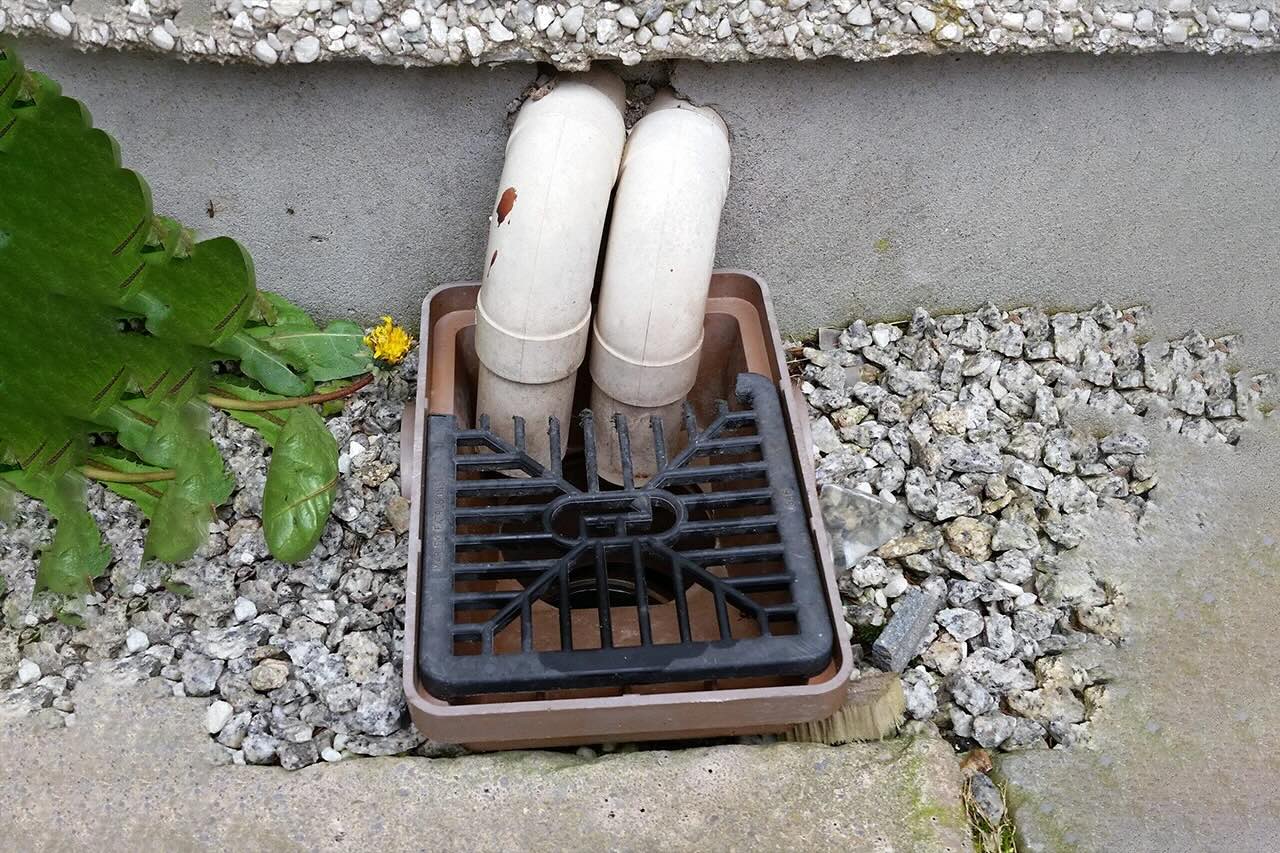
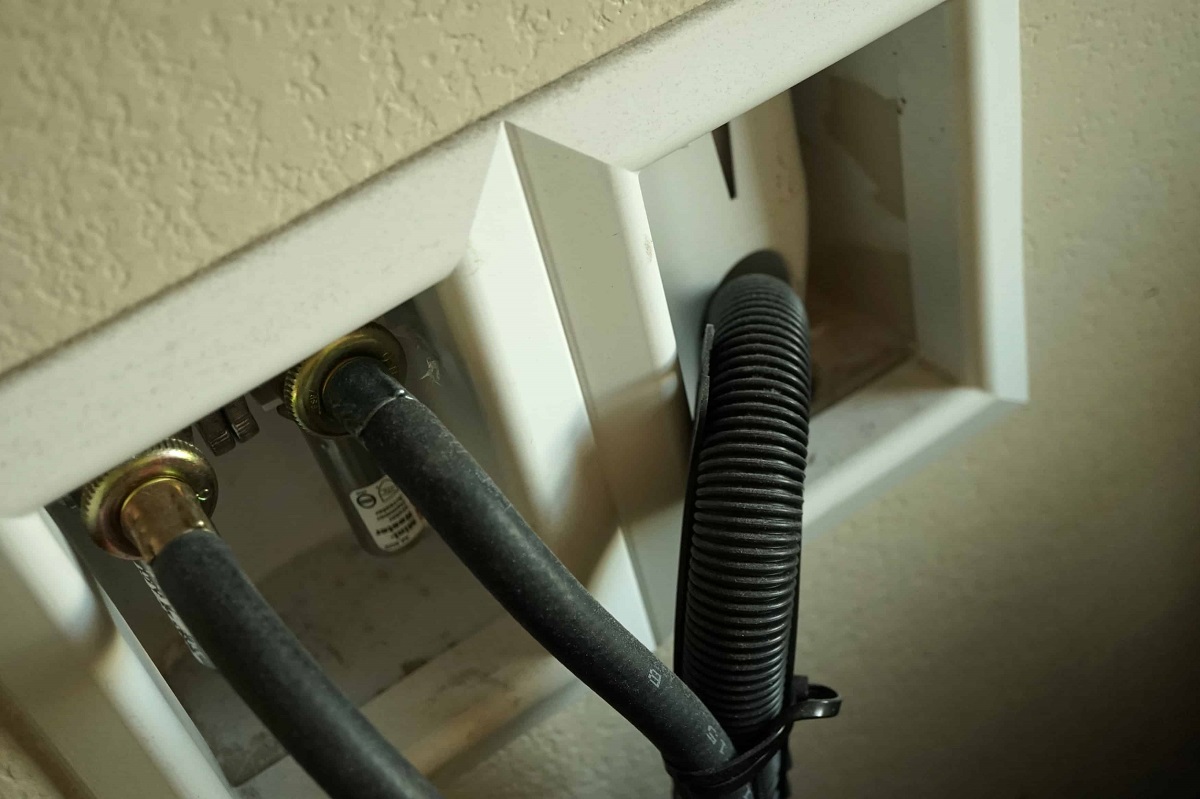
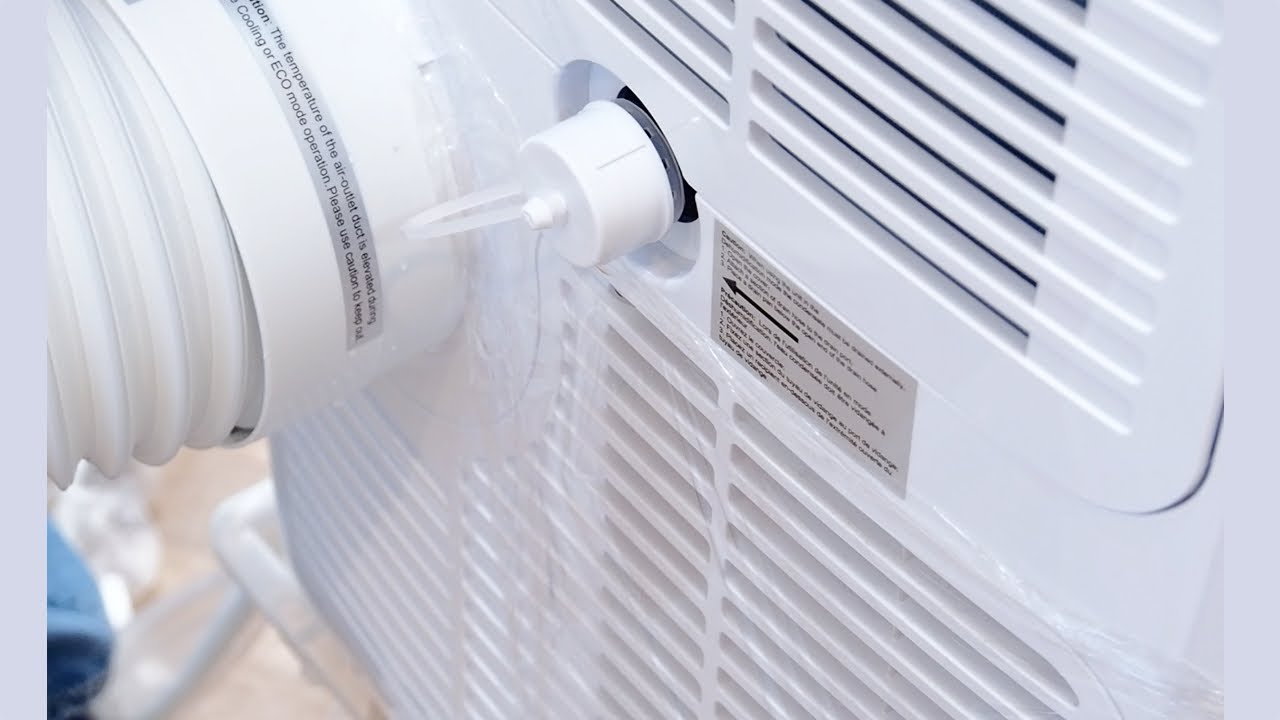
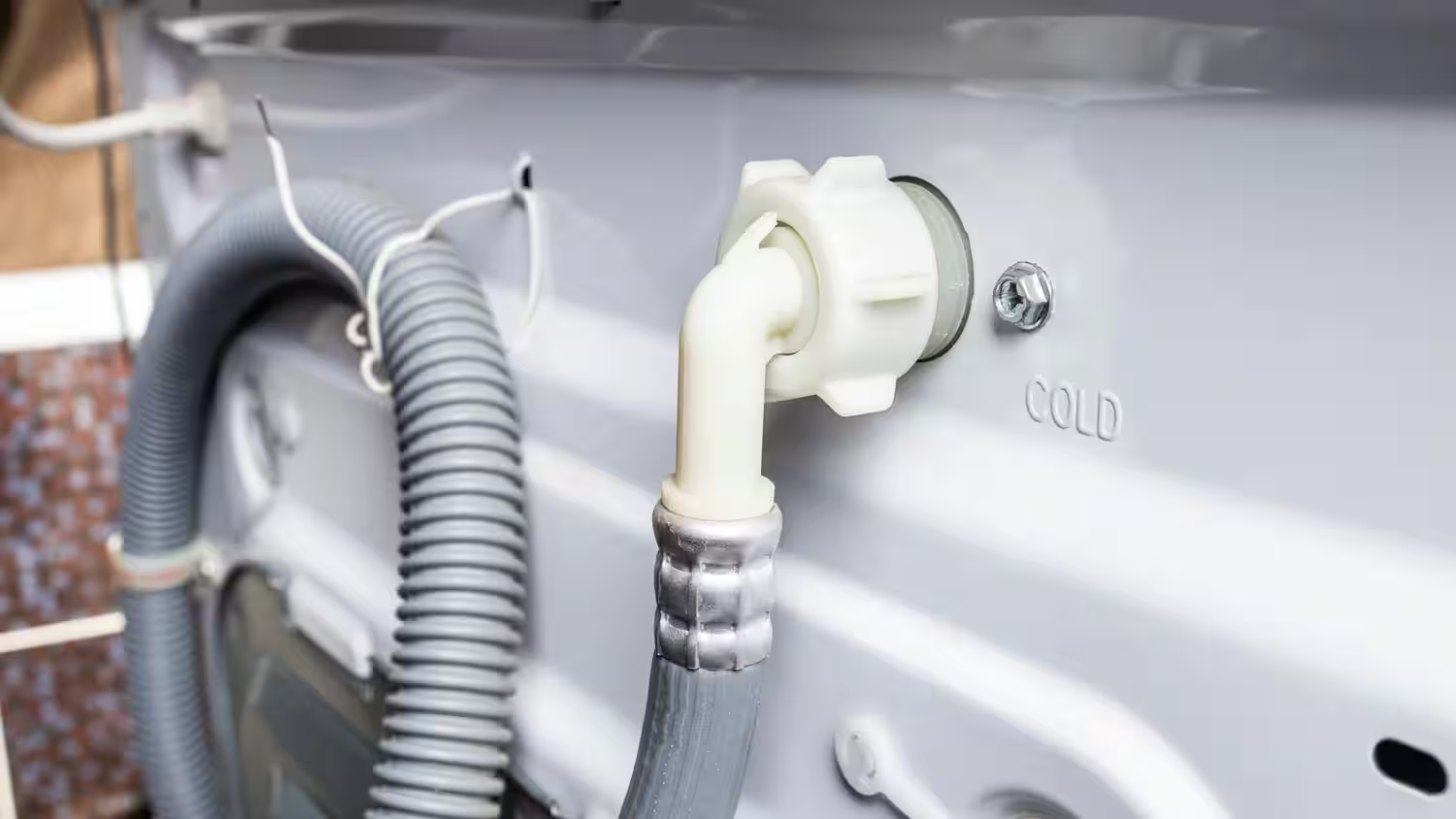
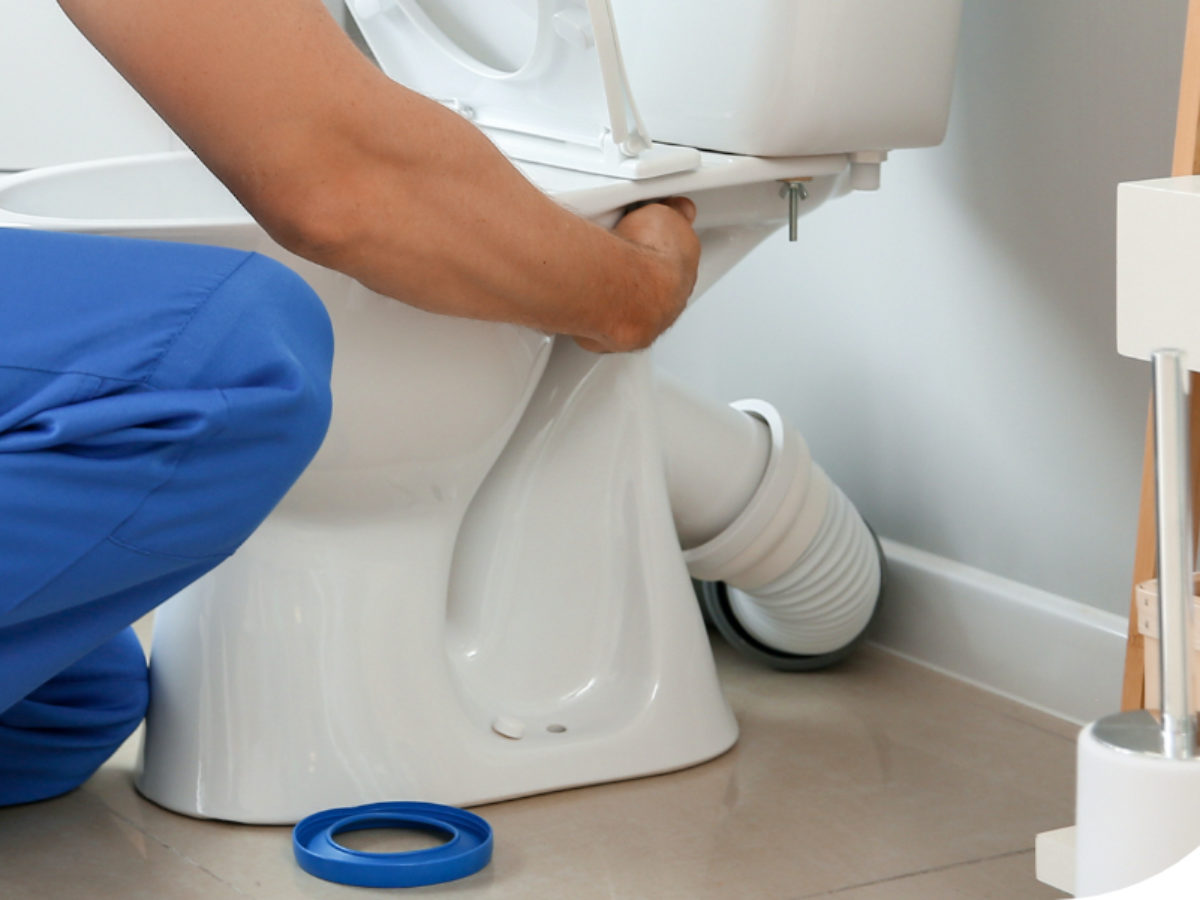
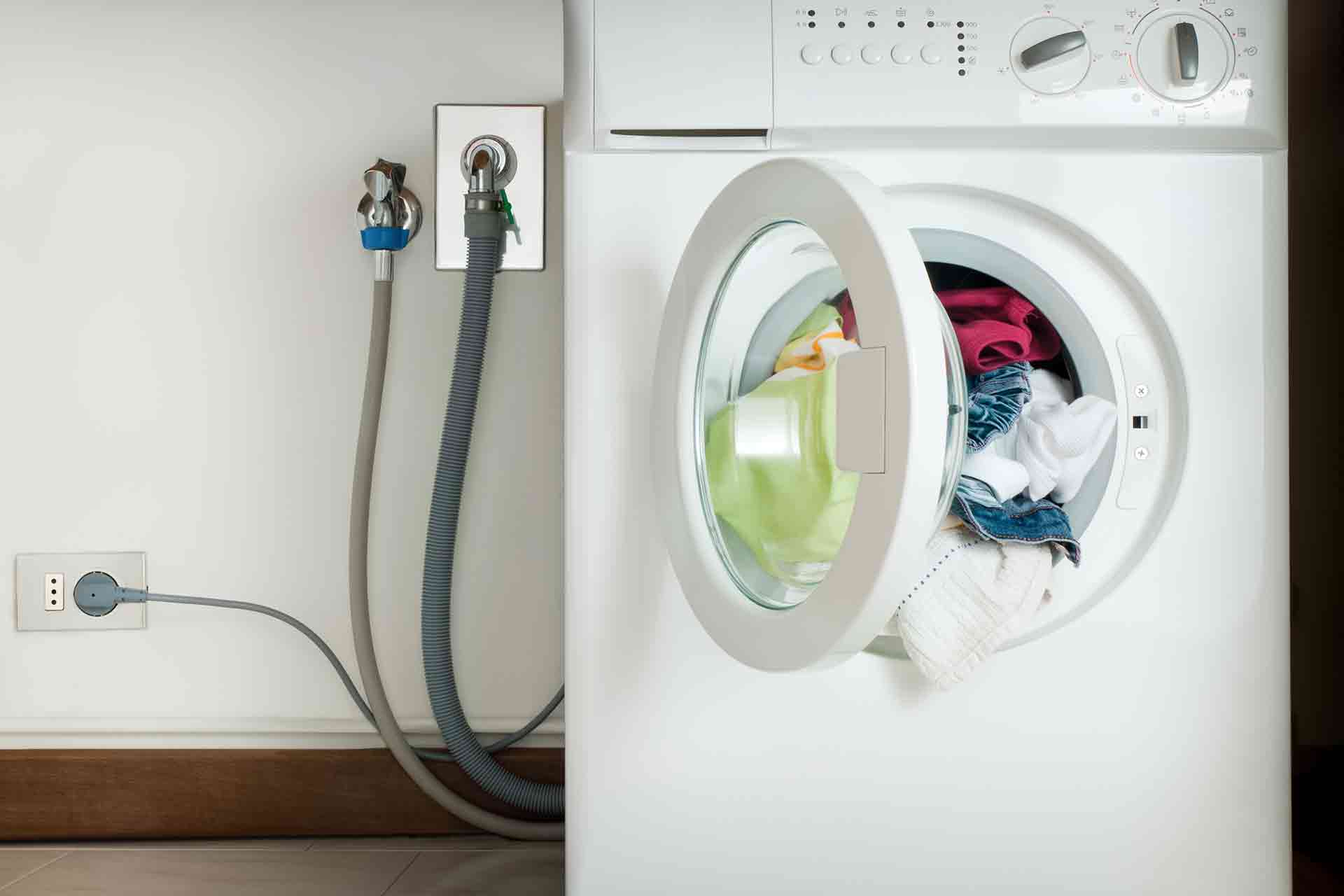
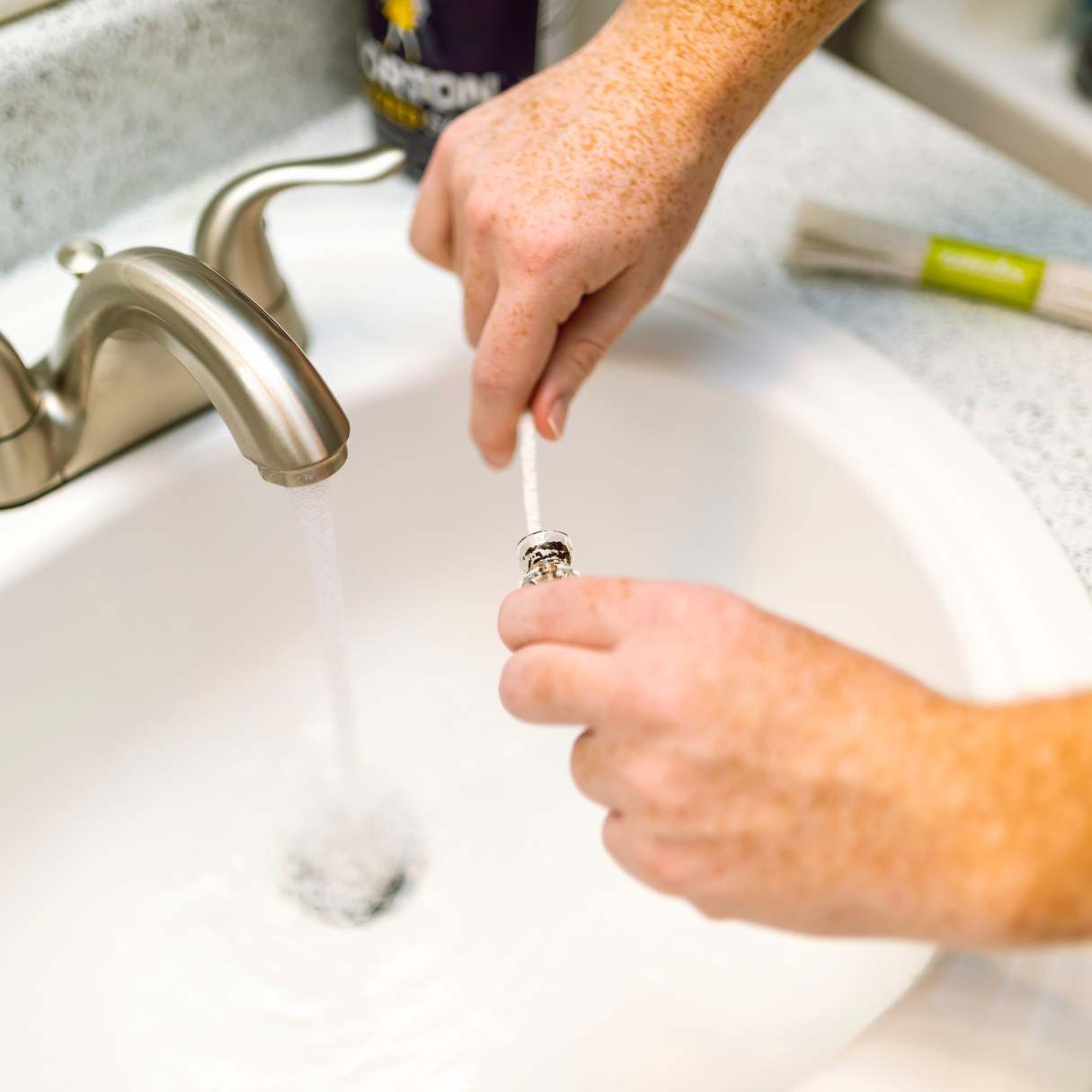
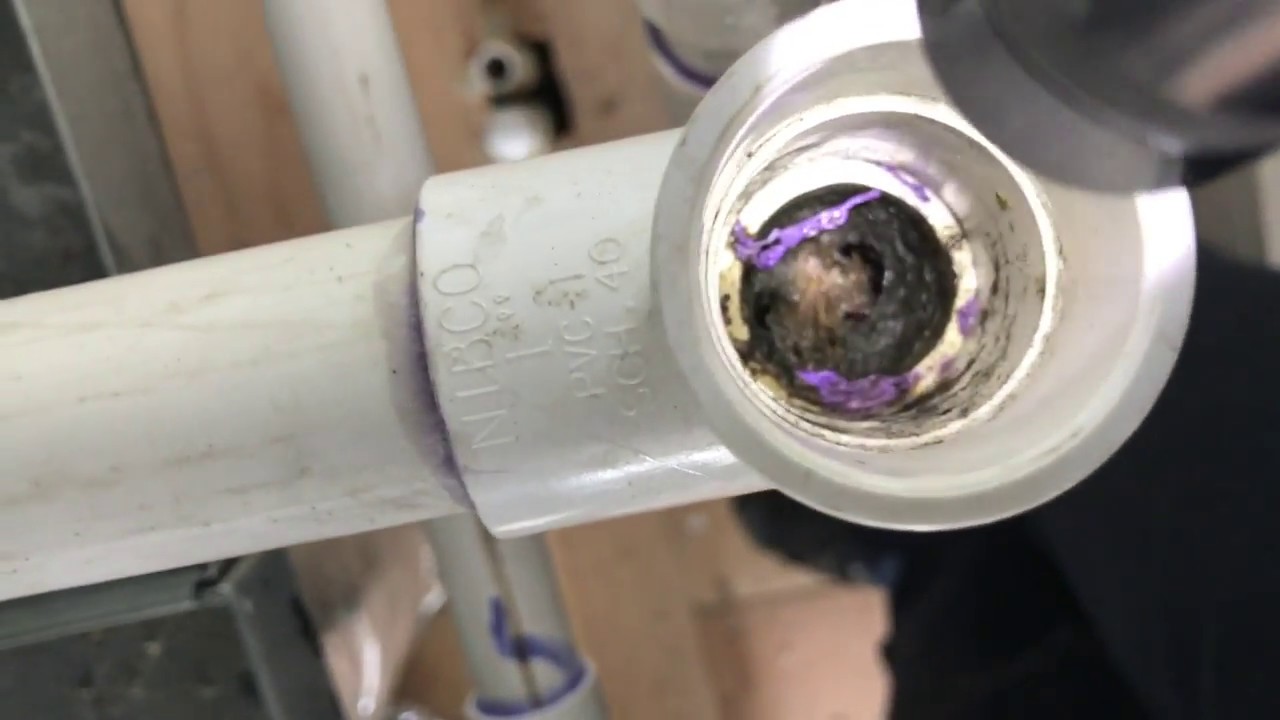
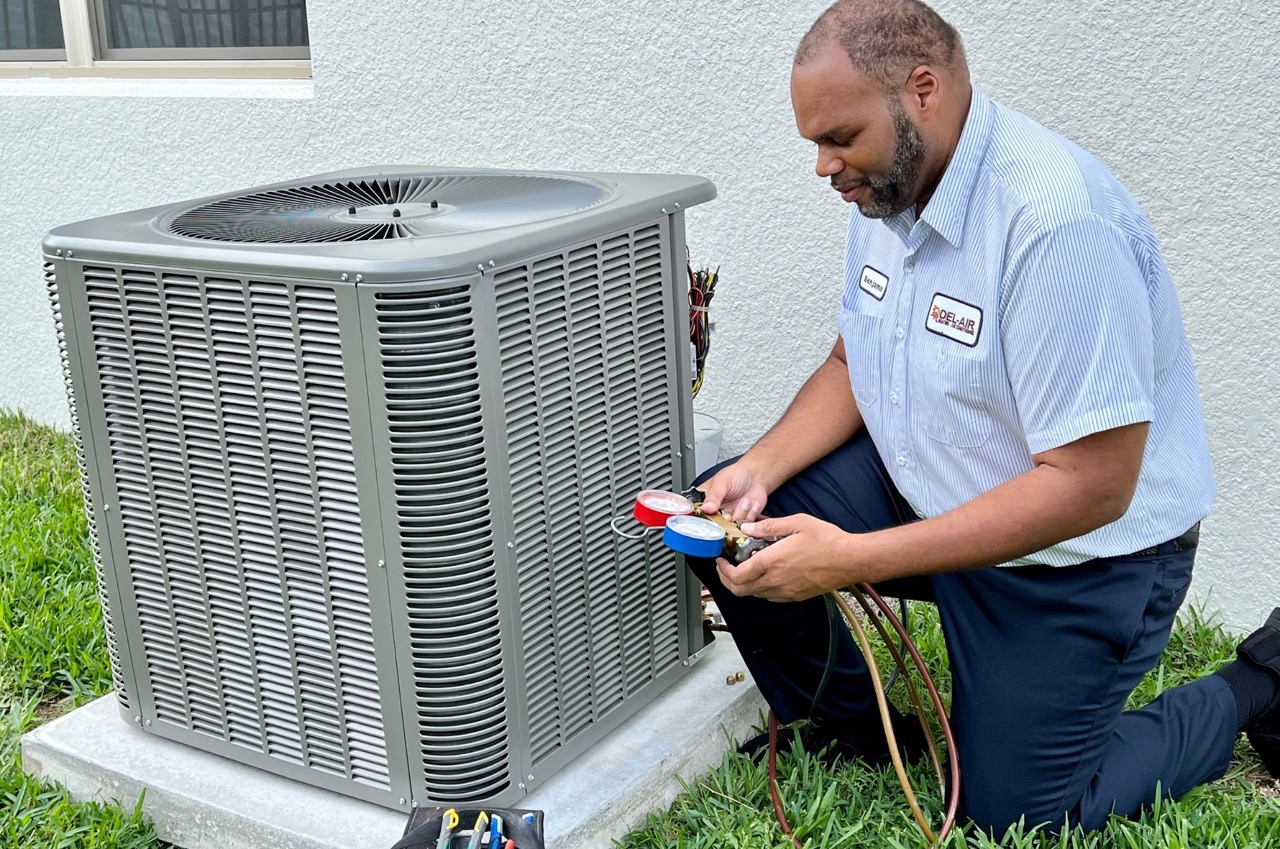
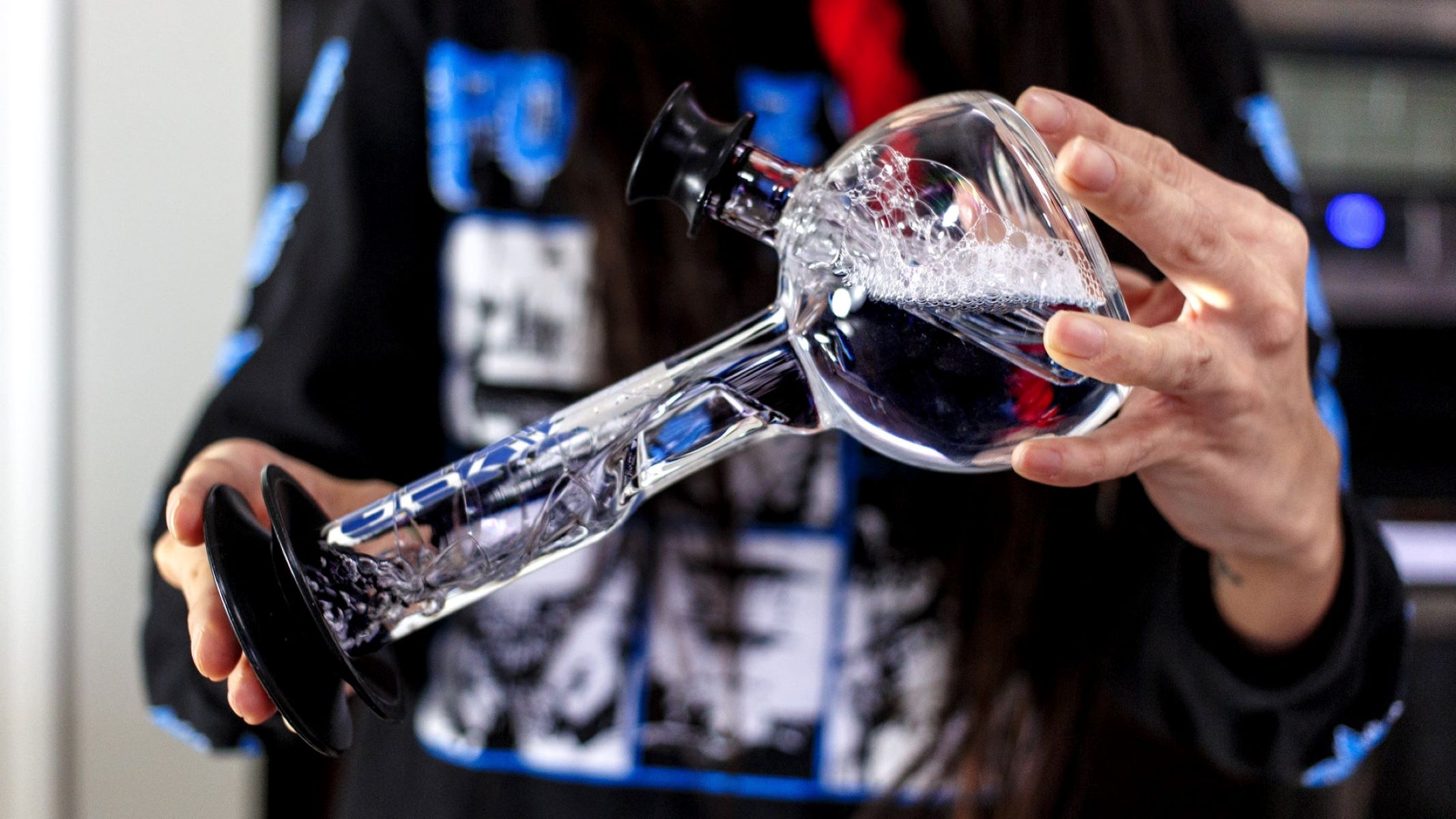
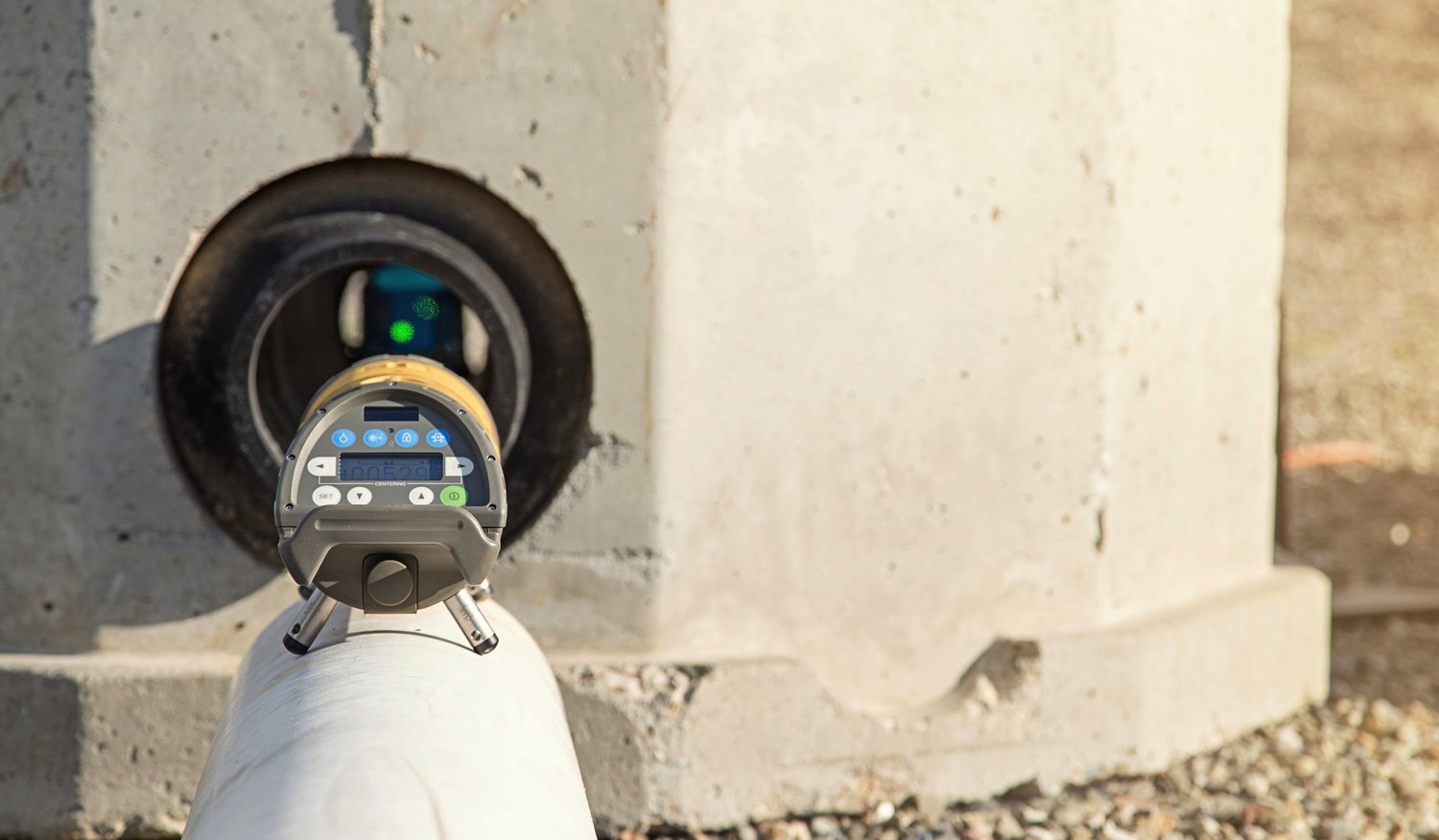
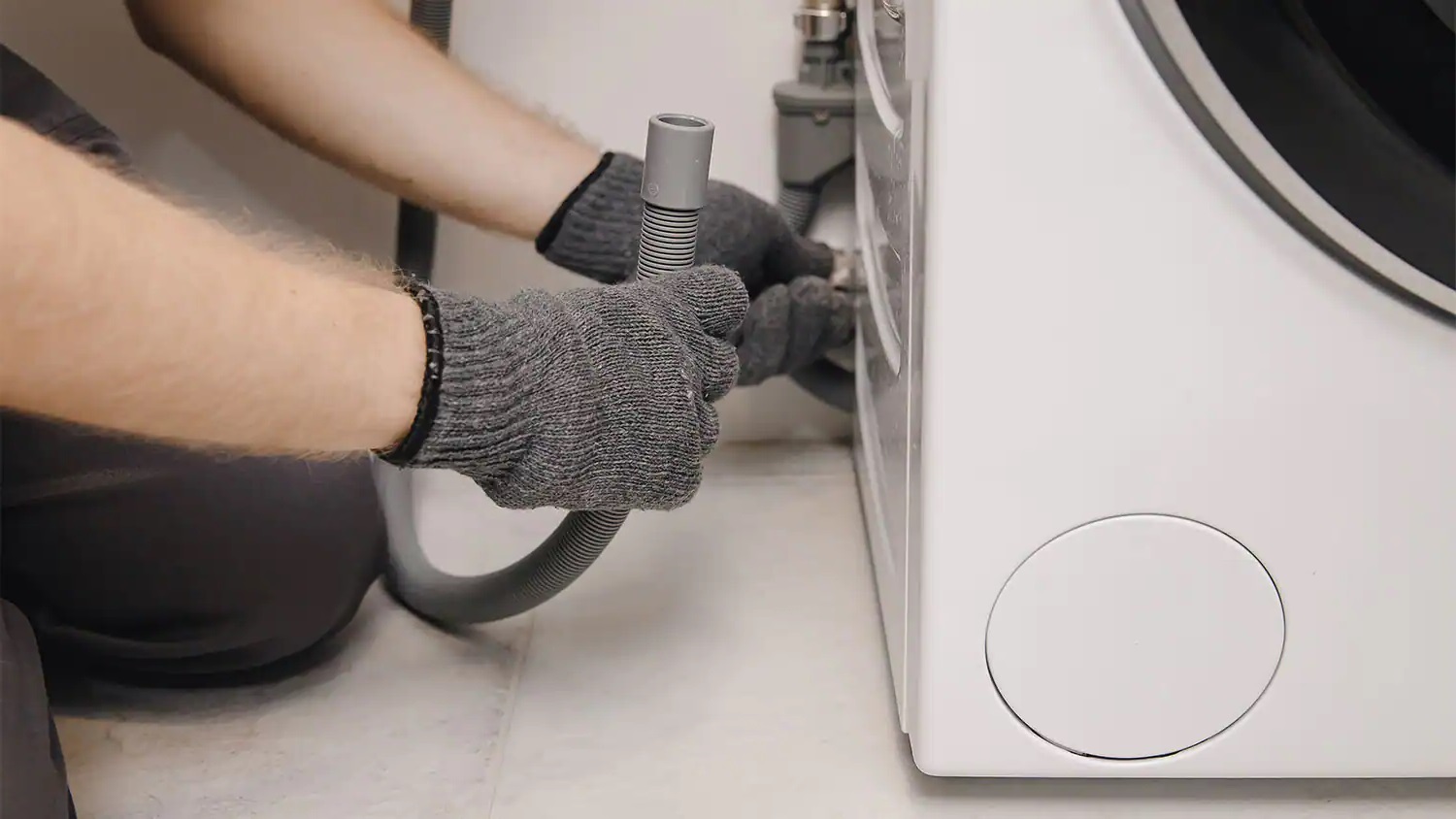
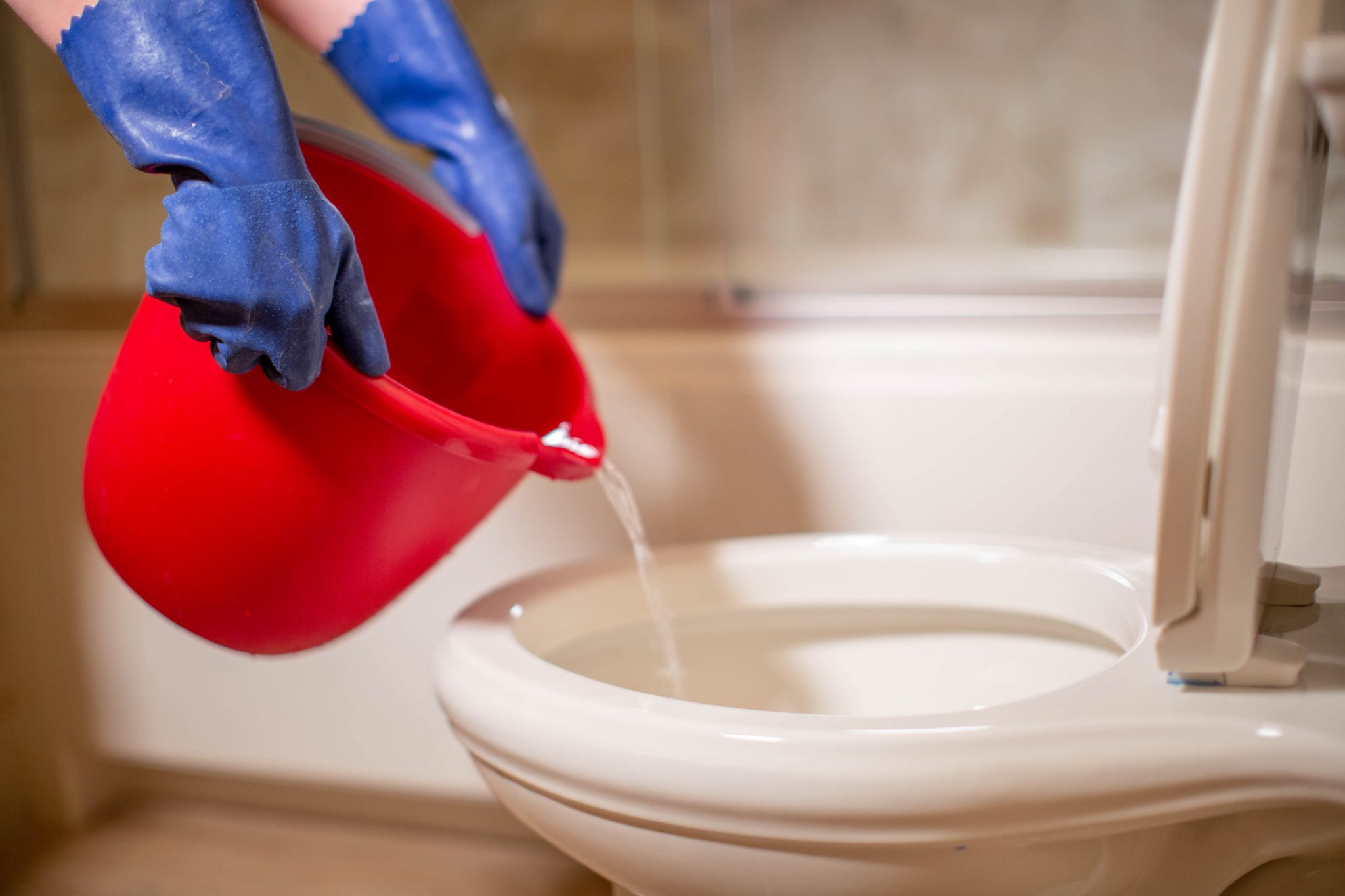

0 thoughts on “How To Clean AC Drain Pipe”